 |
| Art by Stephani Pui-Mun Law |
Hey Everyone,
Ancient History
What Exactly is the Solstice?
Solstice literally means 'sun at a standstill' as the Latin name describes the sun reaching its maximum or minimum declination in the sky (from a geocentric standpoint). Hence we have a marker for the longest and the shortest day of the year. That alone is something to celebrate!
Ancient Stonehenge and the Solstice
 |
Plenty of films and novels offer up their interpretations of the Solstice, for example, the 'starts out sweet and turns to horror' film called Midsommar written and directed by Ari Aster. But be careful. It might put you off the whole idea of May Poles and other festivities this time of year.
Another psychological thriller, Solstice, by Joyce Carol Oates, explores an intense-turned-obsessive relationship between two women. In this case, the opportunity for renewal at the solstice is more metaphorical.
The Solstice in Fantasy World-building
Using lunar and solar events like eclipses, Equinox/Solstice, ingresses of planets and other celestial movements can ground a reader in the story. It offers a reason to celebrate or be afraid, or hopeful but no matter what, it gives cultural credibility to the story, deepening the world-building and making the work richer in scope.
In the Fantasy genre, we might see the Solstices mark times of initiation, seasons or events, as in my second Earth - Gaia series (under Kim Falconer) The Path of the Stray. Quantum Encryption Book 1.
In this book, I used the midsummer Solstice to signify the time of year in a journal entry made by one of the main character's ancestors. The discovery of the journal leads the story back to that era. In essence, I had an element of world-building as well as an event to transition the reader back to the prequel.
Also marking a significant time, the Solstice is mentioned in Hugo Award-winning writer, M. K. Jemisin's The Fifth Season - Broken Earth Book 1.
In Traci Harding's Ancient Future Series, Stonehenge literally teleports the main character (and readers) to a distant past.
In this way, Traci's wildly successful series literally uses the summer solstice as a time machine, of sorts, to incredible effect. It all begins with car trouble, putting the main character, Tory, at just the right place and time....As she reached the perimeter of the circle a strong presence came over her and she stopped in her tracks. How strange that I should find myself here tonight. She was a little scared by this thought, for tonight was the summer solstice. When Tory recalled tales of Wiccan and Druidic practices traditionally held on this night a shiver ran over her...
In my newest work, Curse of Shadows, the second book in the Amassia Series, the Solstice becomes the hands on a ticking clock. The Bone Thrower insists that our company of main characters begin a quest on the midwinter solstice and complete it successfully by the midsummer solstice. The consequences of failing are dire and we only hope they can do the impossible in time to save the world.
How about you? Do you have any solstice traditions? Books that mark this longstanding human propensity to connect with the cycles of sun, moon and stars? I would love to hear about them in the comments.
xxKim (aka A K Wilder)
* * *





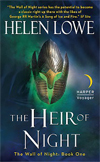
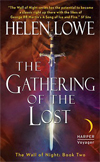
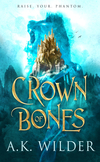
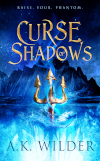
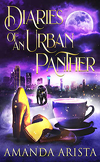
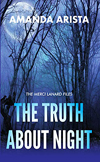

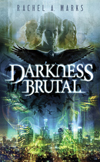
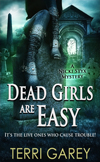
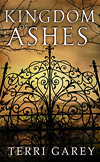
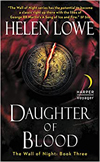
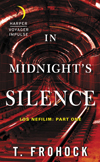

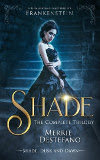

No comments:
Post a Comment